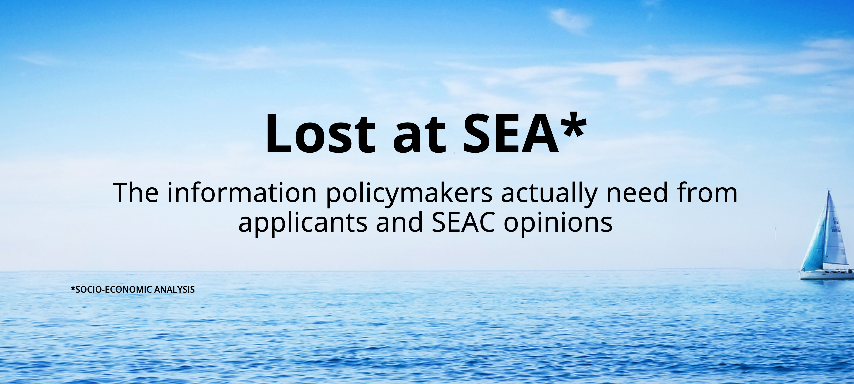The authorisation process, once put in place to make sure that REACH could accommodate specific exemptions,
The fact that only a single authorisation has ever been denied during the twelve years of REACH is baffling. Especially since the aim of the chemicals policy is to phase out hazardous substances and replace them with safer alternatives.
How is it possible that all of these applications for authorisation are being granted?
Today, ChemSec publishes a report on one of the reasons for this counterproductivity, namely how the socio-economic analyses (SEAs) are performed within this legal framework.



